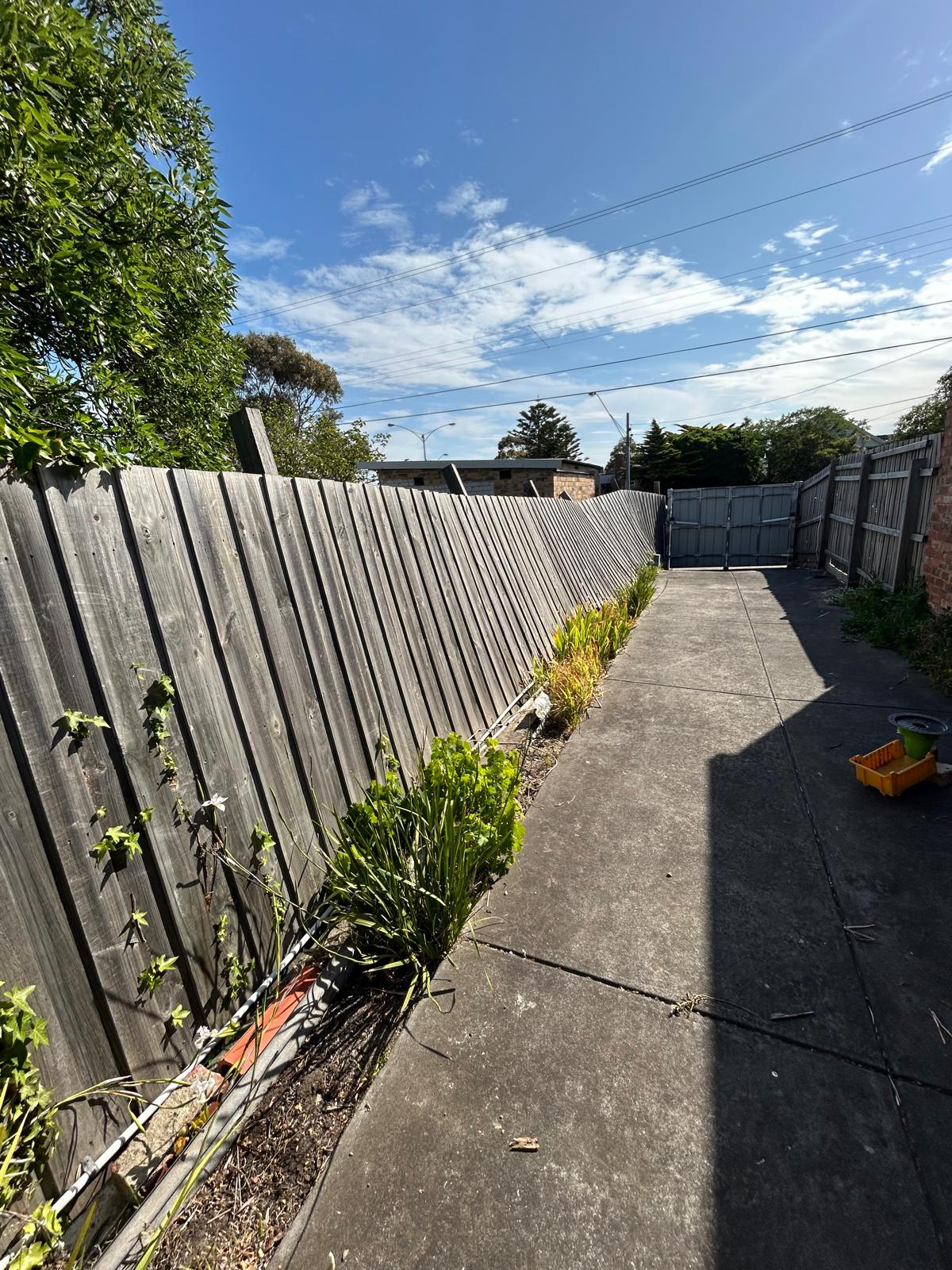What Is the Dividing Fences Act in Australia?

Throughout history, people marked their property with fences. Whether it’s a slipshod build of used wood or an imposing brick wall, fences have been our preferred method of showing others where our estate starts and ends. Well, there are also legal documents, but they’re only brought out when neighbourhood disputes arise.
Speaking of fence disputes, an issue that comes up during fence installation involves setting up the new fence on adjoining property lines. Specifically, who should be responsible for building the fence there? Who should pay for the fence construction and maintenance? It isn’t unusual for such a dispute to grow big enough to let the court decide.
Because of this, states have passed their respective “dividing fences” laws and amended them over the years. This blog post will focus on Victoria’s Fences Amendment Act 2014.
Note: Any legal information contained here is for informational purposes only and doesn’t constitute legal advice. Consult a lawyer or legal expert for a more expert interpretation of current fencing laws or dispute resolution.
Understanding the Fences Amendment Act
The Act is a much-needed amendment of the Fences Act 1968 and consists of three goals:
- Establish a process for sharing fencing costs between neighbours
- Create a means for dispute resolution between neighbours
- Provide other details regarding the management of dividing fences
For accuracy’s sake, Victoria’s fencing law is still the Fences Act 1968 but with all changes proposed by the Fences Amendment Act implemented. Victoria is the third state to pass a fencing law, after Tasmania (1908) and Western Australia (1961).
According to legal experts, among the major amendments to the law involve redefining the term “owner.” It shifts the right to manage dividing fences in Australia from the occupant of the adjoining land to the legally registered owner. As long as you legally own your property, you have a say in the management of the dividing fence.
As such, adjoining owners whose properties intersect are equally liable for the new fence construction and maintenance – provided it qualifies as a “sufficient dividing fence.” Under the Act, a fence that meets any of the following factors qualifies as one:
- An existing dividing fence (if any)
- A clear purpose for using the adjoining lands
- Reasonable concerns about the adjoining owners’ privacy
- Types of fences used in the neighbourhood
- Fencing policies adopted by the council or shire
- Planning instruments for use in the lands or locality
- Building laws and fencing and subsidiary works
- Any existing agreements between the adjoined lands
- Duties (if any) under the Catchment and Land Protection Act 1994
- A clear need for a fence with consideration for natural boundaries
Determining what constitutes a sufficient dividing fence often requires careful consideration of several factors. The first one states that responsibility for a dividing fence still applies even if there’s a sufficient fence already built. For that, it pays to discuss the terms with your neighbour, with a legal expert serving as an arbiter or witness if necessary.
The common boundary line between properties is often a point of contention when erecting boundary fences. Boundary fences not only serve as property markers but also play a role in defining shared responsibilities between neighbours. Local government regulations and planning instruments can significantly impact the construction of boundary fences. Accurately determining property boundaries is crucial before undertaking any sufficient fence repairs, maintenance, or construction (including fence height).
Rights and Responsibilities Under the Fences Amendment Act
As for who gets to pay for the fencing project and upkeep, property owners of adjoining lands share the costs and obligations equally. Dividing fences are considered joint property, so they have to be transparent about how they want theirs to look.
Informing the Other Owner
If there’s no fence separating both properties and you wish to erect one, the Act requires notifying the owners of adjoining lands. The notice is a written document that contains the following:
- Date of notice and the notifying owner’s name and contact details
- Statement that says the notice is in keeping with Section 13 of the Fences Act 1968
- Information on the common boundary line where the fence will be constructed (if that’s obstructed, information on the more suitable line)
- Details on the type of fence and the required subsidiary work to be done
- Details on the required maintenance activities to be undertaken
- Name and contact info of the service provider to do the project
- Statement indicating that the Dispute Settlement Centre of Victoria is available for grievance and dispute resolution
If you want the other adjoining land owner to contribute to the fencing project and upkeep, the fencing notice must also contain the following:
- Estimated total cost of the fence and all the required subsidiary works
- Details about the adjoining owners’ contributions to the fence’s management
- Estimated amount the other owner is expected to contribute to the fence
Proceeding with the Fencing
Once you’ve sent the notice, the recipient has 30 days to respond with a yes or no and details explaining their decision. The Act specifies the options you can take once the 30-day deadline has passed.
| Did the other party receive the notice? | Has the other party given an answer? | Does the other party disagree? | What can you do? |
| No response | — | — | You can go ahead with the project (if you’ve made every effort to locate them to no avail) |
| Yes | No | — | You can go ahead with the project (if you’ve made every effort to follow up to no avail) |
| Yes | Yes | Yes | File a complaint in the Magistrates’ Court (the recipient can also do this) |
Collecting the Other Owner’s Contributions
The Act protects your right to collect the other owner’s contributions, whether they didn’t give any response or answer. To do this, you need to file a complaint at the Magistrates’ Court first and secure a court order. This also applies to urgent fencing works like repairs.
Carrying Out Urgent Fencing Works
The Act guarantees that you can conduct urgent works on the fence, provided that:
- There’s a valid reason these works must be done immediately
- The dividing fence has sustained damage or been destroyed
- Waiting for the other owner’s response is impractical
Once the works are complete, you can deliver a notice to the other owner informing them of the works done if you wish to collect their share of the costs. The notice must contain:
- Details about the property (adjoining land) where the urgent fencing work was carried out
- The common boundary line where the fence stands on
- The specific works carried out and their nature
- Valid reasons for performing said works
- Total cost of the works, including a copy of the receipt
- The estimated share of expenses for the other owner
- The amount the other owner owes you
While not required under the Act, you can include pictures of the fence before, during and after the urgent works to support your case. If you haven’t heard from the other owner after 30 days or they dispute the urgent fencing work done, you can file a complaint in the Magistrates’ Court.
Keep up with the latest from Grays Fences & Gates
Subscribe to our blog and get latest news, inspiration, and resources delivered directly to your inbox.


